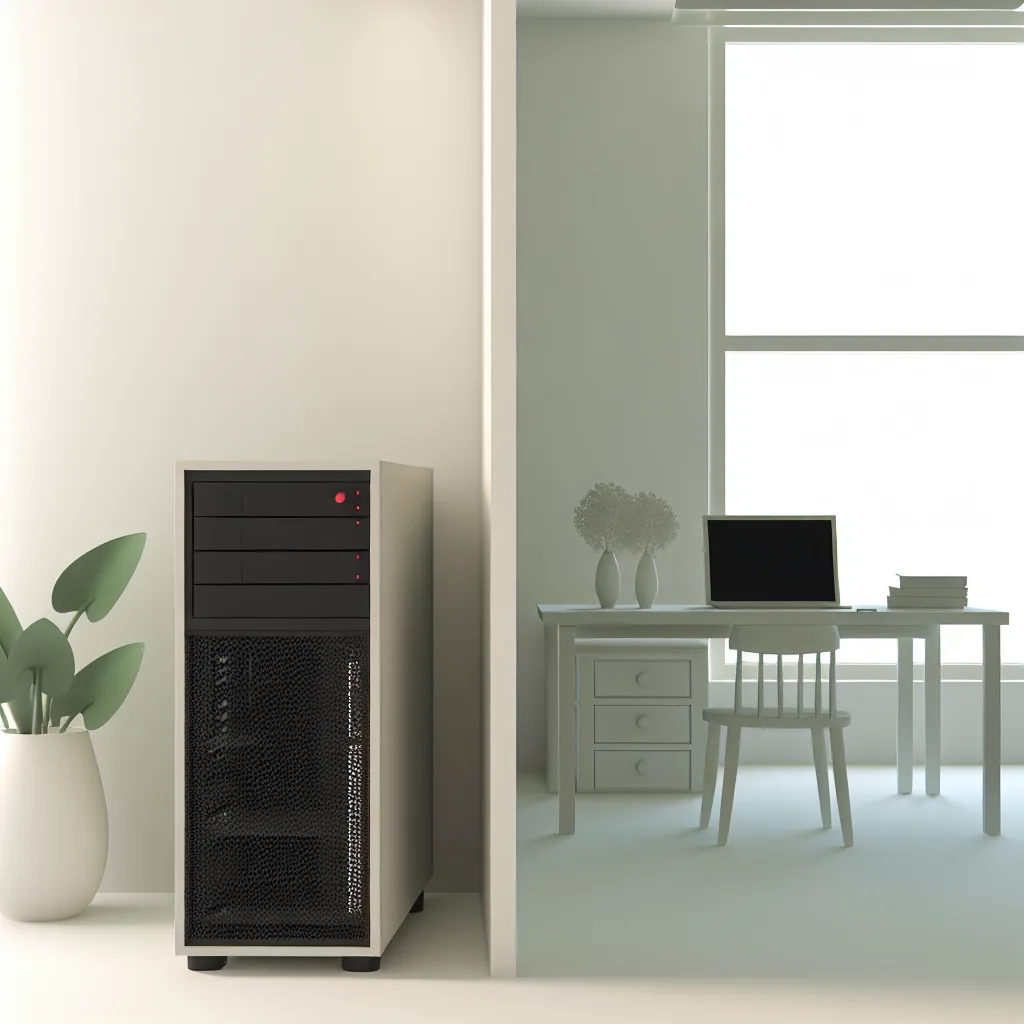A ton of fun and practical home server ideas for your new machine.
A friend of mine recently sent me a picture of a brand-new server, still in the box. He got it from his company for free—an HPE ProLiant ML350 Gen10, a seriously powerful machine. His message was simple: “This is amazing. But… what should I actually do with it?”
It’s a fantastic problem to have. Getting your hands on a dedicated server opens up a world of possibilities beyond just your desktop computer. But if you’re new to this, the sheer number of options can feel overwhelming. So, if you’ve found yourself with a new piece of hardware and are looking for some great home server ideas, you’ve come to the right place. Let’s walk through some fun and genuinely useful projects you can start today.
First, Pick Your Server’s “Brain”
Before you can start hosting cool applications, you need to install an operating system on your server. But we’re not talking about Windows or macOS. You’ll want something called a “hypervisor,” which is a special OS that lets you run multiple virtual machines (VMs) or containers on a single physical machine.
Think of it like this: the hypervisor is the foundation of your apartment building, and each VM is a separate apartment, each with its own purpose.
For someone just starting, I almost always recommend Proxmox Virtual Environment. Why?
- It’s free: There are no licensing fees or hidden costs for the core product.
- It’s powerful: It’s a complete, enterprise-grade tool that can handle almost anything you throw at it.
- It has a great community: If you get stuck, there are tons of forums and tutorials to help you out.
Installing Proxmox is the first real step into building your home lab. Once that’s done, the real fun begins.
Practical and Powerful Home Server Ideas
Let’s start with projects that can genuinely make your digital life better, more private, and more convenient. These are some of the most popular home server ideas for a reason.
- Build Your Own Network Attached Storage (NAS): This is ground zero for most home labs. A NAS is a central place to store all your important files, photos, and documents. Instead of having files scattered across a dozen different computers and external drives, everything lives in one safe place. You can set up automatic backups for all your family’s computers. For this, TrueNAS CORE is an incredible, free, and robust option you can run in its own VM.
- Create a Media Streaming Powerhouse: Tired of paying for a half-dozen streaming services? With Plex or Jellyfin, you can create your own personal Netflix. You point the software at your collection of movies and TV shows, and it organizes everything into a beautiful, easy-to-use interface that you can access from your TV, phone, or tablet, anywhere in the world.
-
Block Ads Across Your Entire Network: This is one of those things that, once you have it, you can’t imagine living without. A tool like Pi-hole or AdGuard Home runs on your server and filters out ads before they even reach your devices. That means no more ads on websites, in mobile apps, or even on your smart TV. It’s magical.
-
Unify Your Smart Home: If you have smart lights, plugs, or thermostats from different brands, you know how annoying it can be to juggle multiple apps. Home Assistant is an open-source platform that brings all your smart devices together under one roof. You can create powerful automations, like having your lights turn on automatically when you arrive home.
Level Up: More Fun Home Server Ideas
Once you’ve got the basics down, you can branch out into more specialized projects. These are less about pure utility and more about learning, tinkering, and fun.
- Host Your Own Game Servers: Why rent a server for you and your friends when you can host it yourself? You can easily spin up dedicated servers for games like Minecraft, Valheim, Factorio, and many more. You get full control over the world, mods, and performance.
-
Run a Personal “Cloud” Drive: Services like Google Drive and Dropbox are convenient, but you’re handing your data over to a third party. With Nextcloud, you can host your own cloud storage service. It gives you all the same features—file syncing, calendars, contacts, and online document editing—but on hardware you control.
-
Secure Your Passwords: A self-hosted password manager like Vaultwarden (which is fully compatible with Bitwarden apps) is the ultimate step in digital security. Your encrypted password vault lives on your server, not on a company’s server, giving you complete ownership.
The server my friend got, that HPE ProLiant ML350 Gen10, is an absolute beast. It’s quiet enough for a home office but powerful enough to run every single one of these services at the same time without breaking a sweat. You definitely don’t need something that powerful to get started, but it’s amazing what you can do with enterprise gear.
The best way to start is to just pick one thing from this list that sounds interesting and try it. The journey of setting up a home server is all about learning and exploring. Don’t be afraid to break things and start over. That’s half the fun. Good luck!
